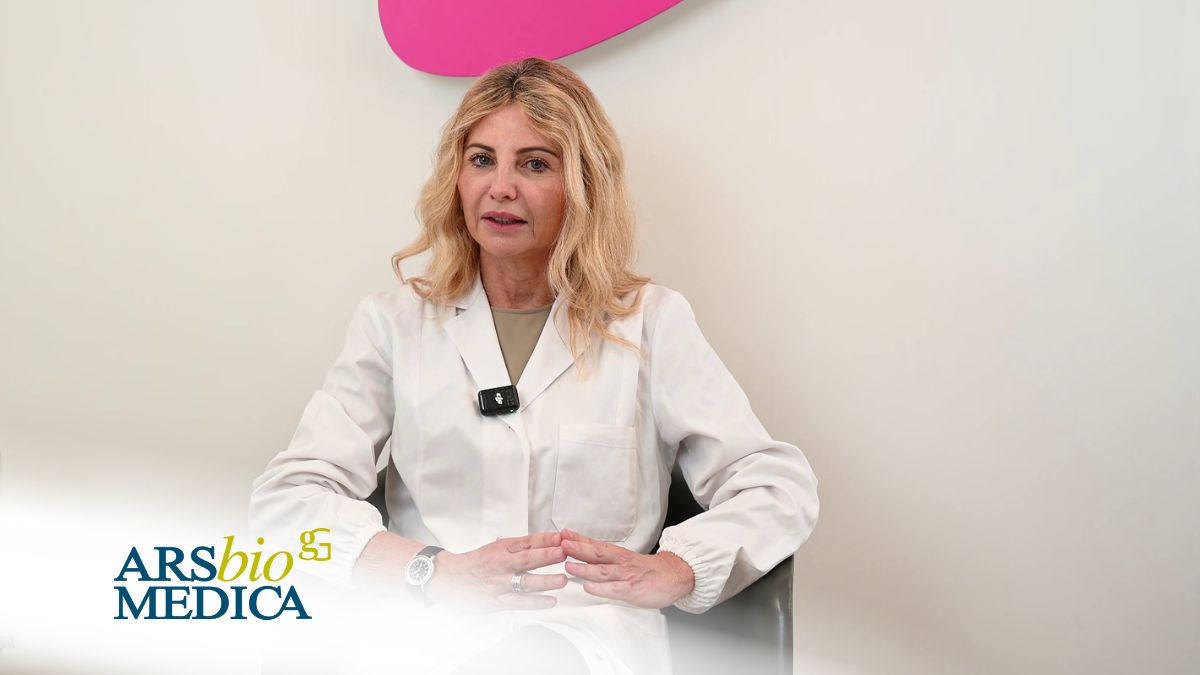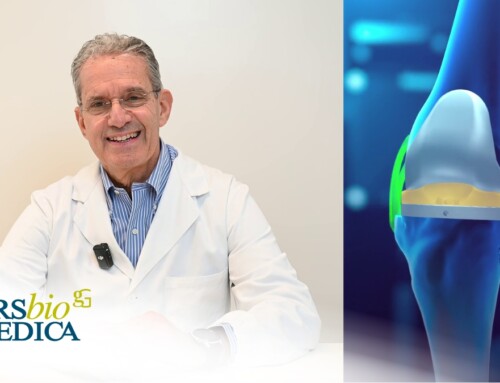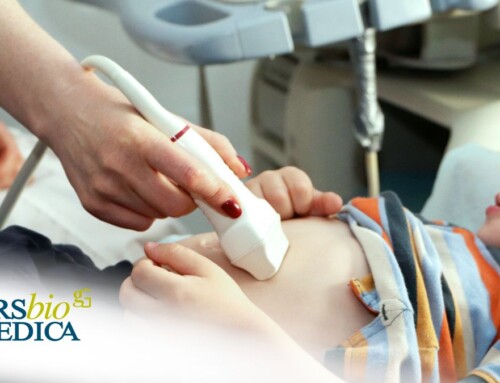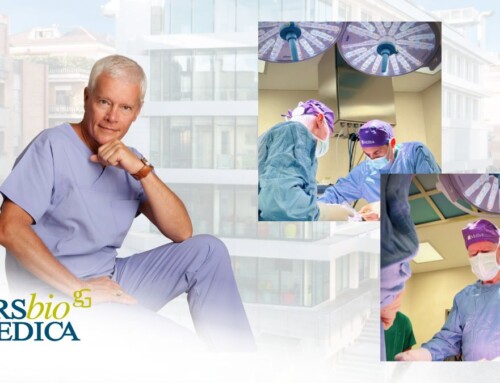
Articolo del 04/11/2024
October is Breast Cancer Awareness Month, a special time to promote prevention efforts, but it’s essential to remember that preventive care should be a priority for all women throughout the year. Mammography, a key tool for early diagnosis, is recommended for all women without exception, including those with breast implants. Thanks to advanced techniques, mammography can be performed safely and effectively, ensuring comprehensive monitoring of breast health. Prevention knows no boundaries, and it is the first step in protecting one’s health.
Today, we will speak with Professor Chiara Pistolese, a radiologist specializing in breast imaging at Arsbiomedica, about early diagnosis for women with breast implants.
Is prevention for women with breast implants the same?
Increasingly, women are opting for breast implants for both aesthetic reasons and post-operative care following breast conditions. Women with implants should undergo regular screenings just like other women. Depending on their age, they should start mammography and ultrasound screenings at age 40, while those under 40 should have an ultrasound examination once a year. In addition to checking for any breast conditions, women with implants should also monitor the integrity of their prosthetic devices.
Can mammography be performed on women with breast implants?
Absolutely, mammography should always be performed, dispelling the myth that it cannot be done with implants or that it might cause ruptures in the prosthetic devices. This examination cannot be replaced by secondary imaging tests, such as MRI, because mammography allows for the detection of lesions that MRI cannot assess. MRI can be used later, following initial tests like mammography and ultrasound, especially if there’s suspicion of a rupture, as it can help confirm diagnostic concerns.
How is mammography performed for women with implants?
Mammography for patients with implants is conducted in the same manner as it is for other women. It is not more painful and does not pose a risk of implant rupture. It’s crucial to inform the technical staff, who will apply a gentler compression technique with special care. Previously, women with implants had to undergo two separate examinations—one to study the breast tissue and another for the implant.
What has changed with the advent of new technologies?
With advancements in technology and the shift to digital imaging, it is now possible to assess both the glandular tissue and the implant in a single mammographic examination. The process is straightforward and not painful, although special precautions regarding compression levels are necessary. Concerns about implant rupture, which many women often fear, are unfounded.
Regarding pathology detection, it is as effective for women with implants as for those without. Thus, there are no contraindications or barriers to evaluating and identifying even small lesions.






